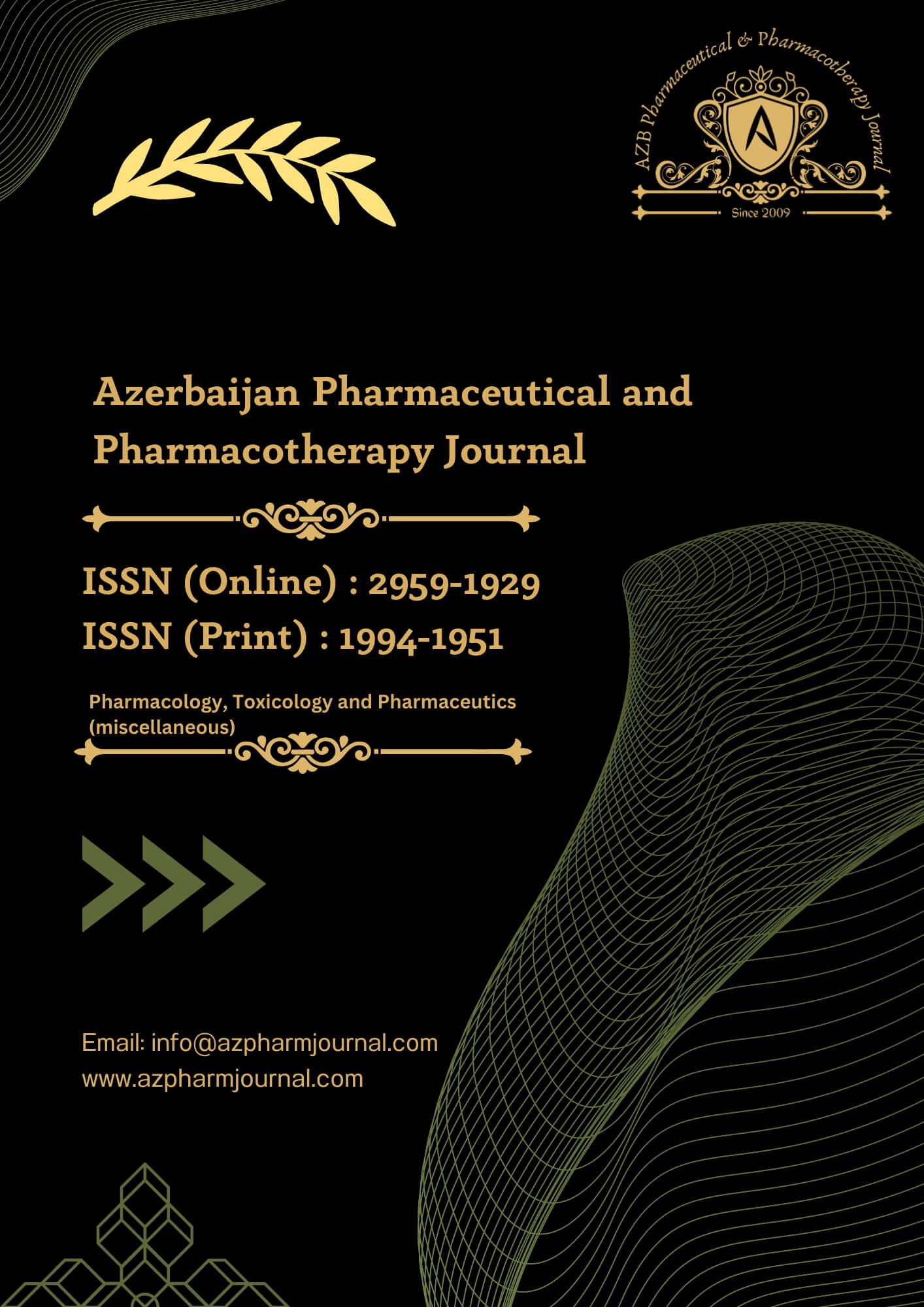Cryptogenic stroke, defined as a stroke of unknown origin after extensive investigation, remains a clinical enigma, affecting a significant number of stroke patients worldwide. When it occurs alongside left atrial cardiomyopathy, an abnormality of the heart's atrial tissue linked to a higher risk of thromboembolism, the challenge of preventing stroke recurrence becomes even more complex [1]. Traditional antiplatelet therapy with aspirin has long been a cornerstone in stroke prevention, primarily due to its accessibility, low cost, and established efficacy in reducing the risk of cardiovascular events. However, despite its widespread use, aspirin may not offer sufficient protection for certain patient populations, particularly those with underlying cardiac conditions like left atrial cardiomyopathy [2].
Left atrial cardiomyopathy, though not a primary focus in many stroke prevention strategies, has gained attention as a potential contributor to stroke risk. It is characterized by structural and functional abnormalities in the left atrium, which can lead to atrial fibrillation (AF) and increased thrombogenesis, even in the absence of overt arrhythmias [3]. This creates a situation where standard stroke prevention therapies, such as aspirin, may not adequately address the underlying prothrombotic state. This has led researchers and clinicians to explore whether anticoagulants, traditionally reserved for patients with atrial fibrillation or other clear indications for anticoagulation, might be more effective in preventing recurrent strokes in this specific subset of patients [4].
Rivaroxaban, a direct oral anticoagulant (DOAC) that inhibits Factor Xa, has emerged as a potential alternative to aspirin in stroke prevention [5]. DOACs like rivaroxaban have transformed the management of thromboembolic diseases by offering similar or superior efficacy to traditional anticoagulants (such as warfarin) but with a more predictable pharmacokinetic profile, fewer dietary restrictions, and no need for routine blood monitoring. These advantages have made rivaroxaban an attractive option for patients with cardiovascular conditions that predispose them to stroke, including those with left atrial cardiomyopathy [6].
The potential superiority of rivaroxaban over aspirin in this population stems from its ability to target and inhibit thrombin generation more effectively. Whereas aspirin works by inhibiting platelet aggregation, it does not directly affect the coagulation cascade[7]. Rivaroxaban, on the other hand, interferes with the formation of fibrin clots by inhibiting Factor Xa, a key component in the coagulation pathway [8]. This broader mechanism of action may offer better protection against the types of clots that form in patients with left atrial cardiomyopathy, who may have a higher burden of thromboembolic risk due to atrial dysfunction. Several clinical trials have sought to investigate whether rivaroxaban could reduce stroke recurrence more effectively than aspirin in patients with cryptogenic stroke [9]. Notably, the NAVIGATE ESUS trial examined the efficacy of rivaroxaban in patients with embolic strokes of undetermined source (ESUS), a category that overlaps with cryptogenic stroke. Although the trial did not demonstrate a statistically significant benefit of rivaroxaban over aspirin in reducing overall stroke recurrence in the general ESUS population, questions remain about its efficacy in specific subgroups, such as those with left atrial cardiomyopathy [10]. This has prompted further research focused specifically on patients with this underlying condition, where rivaroxaban’s anticoagulant properties may have a more pronounced impact. Recent studies have highlighted the potential role of left atrial cardiomyopathy in promoting thromboembolic events, even in the absence of detectable atrial fibrillation [11]. As a result, experts have called for more tailored stroke prevention strategies that account for the structural and functional abnormalities in the atrium. Since rivaroxaban has demonstrated efficacy in preventing thromboembolism in patients with atrial fibrillation, it stands to reason that it could be equally effective in those with atrial cardiomyopathy, even in the absence of traditional arrhythmias [12]. The current investigation aims to determine whether this hypothesis holds true by comparing the rates of stroke recurrence between patients treated with rivaroxaban and those treated with aspirin. If rivaroxaban proves to be superior to aspirin in preventing stroke recurrence in this population, it could significantly alter clinical practice guidelines. Stroke prevention strategies could shift toward a more individualized approach, where anticoagulation is considered not only for patients with overt atrial fibrillation but also for those with left atrial cardiomyopathy. This would represent a significant paradigm shift in how clinicians approach stroke prevention in cryptogenic cases, focusing on the underlying cardiac abnormalities rather than just the observable arrhythmias [13].
OBJECTIVE:
To evaluate the effectiveness of rivaroxaban versus aspirin in reducing stroke recurrence in patients with a history of cryptogenic stroke and left atrial cardiomyopathy.
